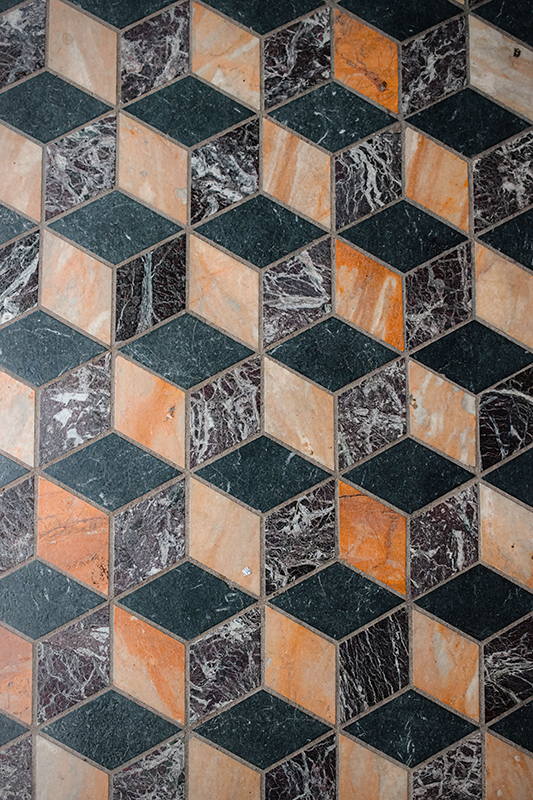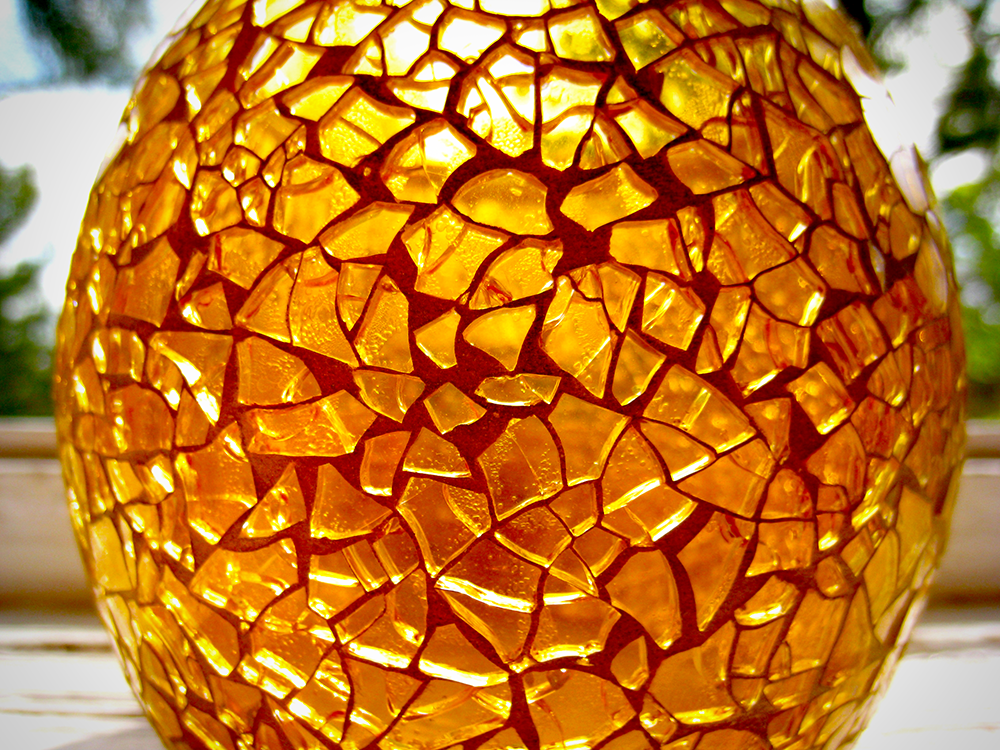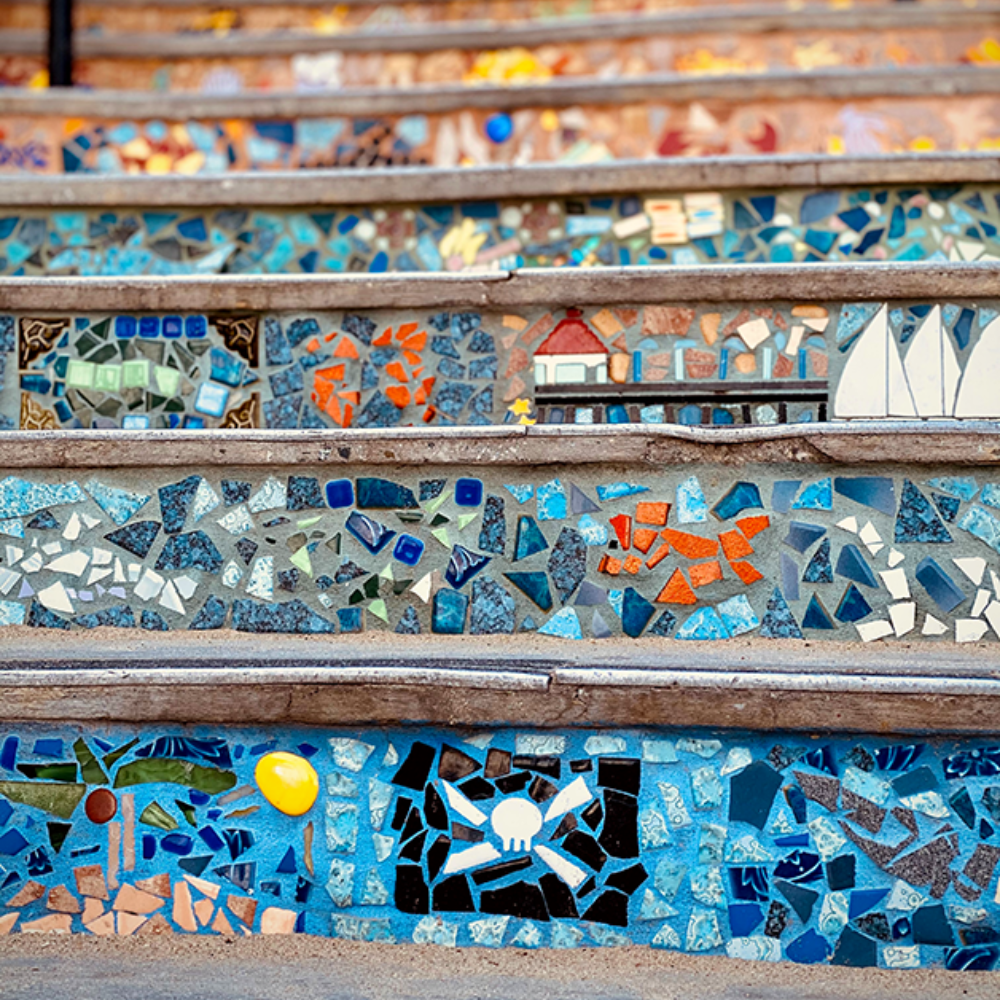Mosaic art is not just a craft; it's a narrative medium that has been weaving stories through tesserae for millennia.
An ancient art form that combines small pieces of materials like stones, glass, or ceramics, mosaic art has been beautifying spaces for centuries.
From the opulent palaces of ancient empires to the dynamic facades of contemporary architecture, mosaics bring to life tales of mythology, history, and beauty.
In this article, we journey through the lives and masterpieces of the most renowned mosaic artists, uncovering the profound impact they have had on this enduring art form.
Join us as we explore the creative legacies that have shaped mosaic art across the ages.
Key Takeaways:
- Mosaic art has been a significant form of expression from the Roman Empire to modern times, showcasing artists like Antoni Gaudi and Sonia King.
- Famous mosaic artists have utilized a variety of materials, including colored glass, ceramics, and stones, to create intricate patterns and images.
- Mosaic works are not only confined to private collections but also adorn public spaces, reflecting cultural histories and modern artistic visions.
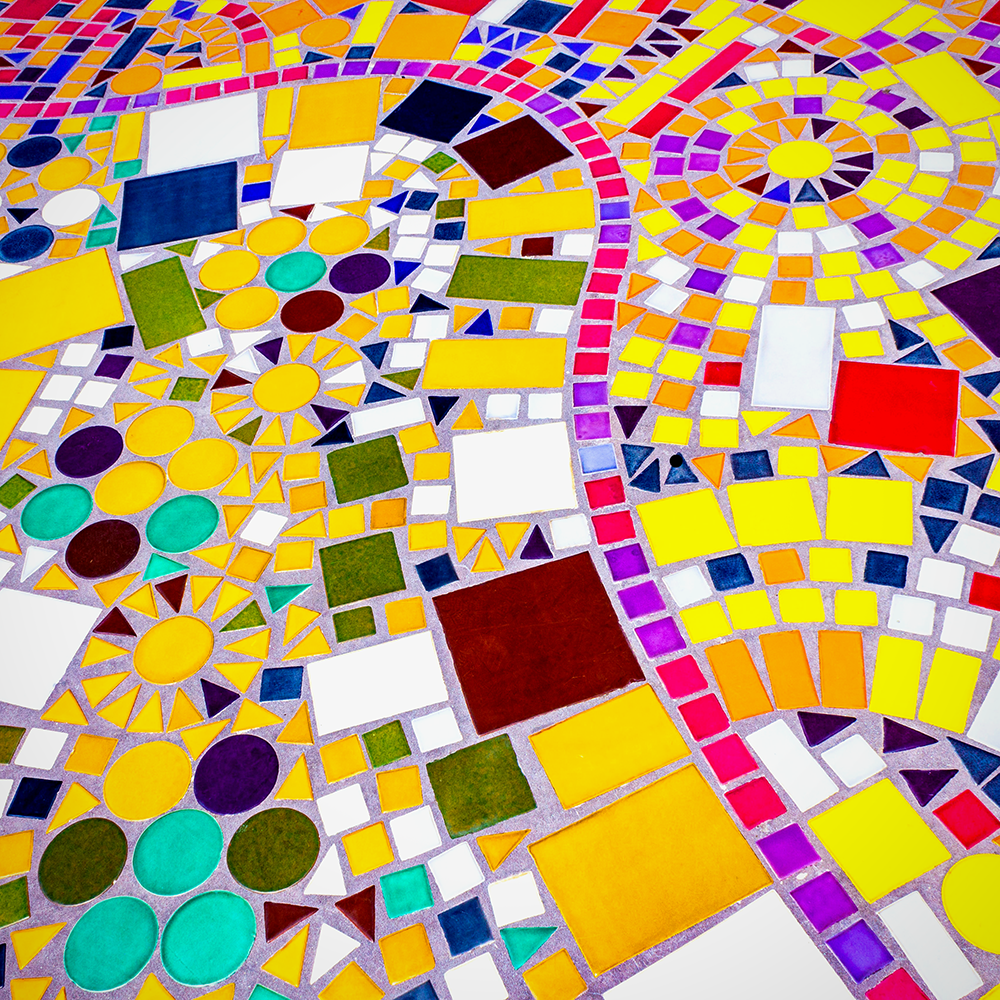


Historical Tapestry of Mosaic Art
The origins of mosaic art can be traced back to the ancient civilizations of the Roman Empire and the Byzantine Empire.
During these times, artists created mosaics primarily to decorate floors, walls, and ceilings of buildings, using natural stones and marble.
These ancient mosaics often depicted scenes from mythology, daily life, and nature, capturing the detail and color of the era.
In the Byzantine Empire, particularly during the Middle Ages, mosaics took on a more spiritual dimension, adorning the interiors of majestic churches like Hagia Sophia.
The use of gold and colored glass in these mosaics reflected light in a way that was meant to evoke heavenly beauty, turning simple buildings into shimmering showcases of devotion and artistry.
Influence of Byzantine Mosaics on Modern Art
Byzantine mosaics, with their rich colors and spiritual themes, have left an indelible mark on the fabric of modern mosaic art.
These ancient masterpieces, primarily found in the sacred spaces of Italy, are renowned for their intricate designs and the use of gold tesserae which illuminate their compositions.
The shimmering effects created by these materials have inspired countless artists to incorporate similar luminous qualities in their own work, bridging a historical gap with contemporary aesthetic values.
Other artists have taken cues from the Byzantine approach not just in materials but in storytelling through art.
The narrative depth found in Byzantine mosaics, where each piece of stone or glass holds a fragment of a larger divine story, encourages modern mosaicists to embed personal or culturally significant narratives into their creations.
This blend of ancient technique and modern narrative is evident in public and private spaces around the globe, turning walls and floors into canvases that speak of histories, both shared and personal.
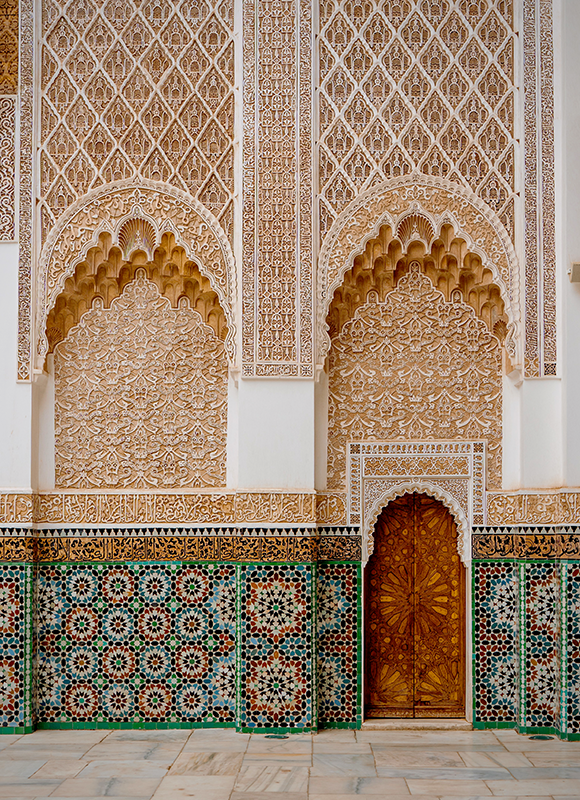


Exploring Mosaic Art in Public Installations
Public spaces often serve as the canvas for large-scale mosaic projects, where the art form blossoms in full view of the community.
Colonia G Ell in Barcelona and Puente Alto in Chile are prime examples of how mosaic art transforms ordinary spaces into cultural landmarks.
In Colonia G Ell, the integration of Gaudi’s mosaic work with architectural elements creates a harmonious blend that attracts visitors from around the world, turning the area into a testament to the enduring appeal of mosaic art.
Puente Alto, on the other hand, boasts one of the largest mosaic murals in the world.
This massive project not only showcases the beauty of mosaic pieces but also demonstrates the potential of community involvement in art creation.
Local residents often participate in the crafting process, adding a personal touch to the mural that reflects the community's spirit and values.
Such initiatives not only beautify the urban landscape but also foster a sense of pride and ownership among the locals, proving that art can be a powerful tool for community engagement and transformation.
Antoni Gaudi: A Modernist with a Mission
Antoni Gaudi, a Catalan architect known for his unique approach to modernist architecture, also made significant contributions to mosaic art.
His work in Park Guell in Barcelona is a testament to his innovative use of mosaic tile.
Gaudi often used broken ceramics, a technique known as trencadís, to create mosaics that were both magical and functional.
His ability to blend architecture with mosaic art created immersive environments that continue to draw admiration from around the world.
Gaudi’s mosaics are not just art; they are a synthesis of nature and imagination.
The undulating forms and vibrant colors of his works in places like the Colonia Güell Church highlight his vision of integrating art into public spaces, making beauty accessible to all.
Sonia King: Contemporary Mosaic Exploration
In modern times, artists like Sonia King have pushed the boundaries of mosaic making into fine art.
King’s mosaics are known for their intricate patterns and the use of different materials, including everything from glass to meteorites.
Her works often explore complex, abstract concepts that challenge the viewer’s perception of space and depth.
King’s mosaics are not confined to gallery walls but are also part of public art installations, where the interaction between the artwork and its environment plays a crucial role.
Her ability to manipulate materials to achieve texture and form has marked her as a leading figure in contemporary mosaic art.
Marc Chagall: A Painter in Mosaic
While primarily known for his paintings, Marc Chagall also ventured into the world of mosaics later in his career.
His mosaic murals, such as the one created for the Metropolitan Opera in New York, showcase his signature use of vivid colors and dream-like scenes.
Chagall’s mosaics bring his ethereal painting style into a new dimension, allowing him to explore the interplay of light and color in a fixed medium.
Chagall’s work in mosaics underscores the versatility of the art form, bridging the gap between painting and mosaic making.
His pieces are celebrated for their emotional depth and artistic beauty, contributing significantly to both the art of mosaics and the broader art world.

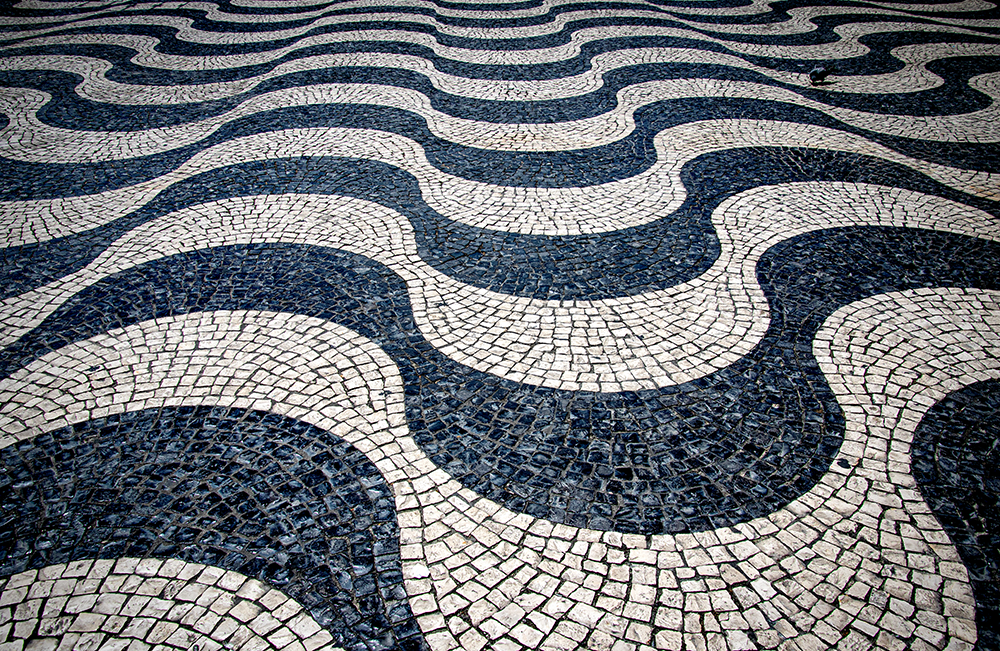

Role of Mosaics in Public and Sacred Spaces
Mosaics have a long history of enhancing public and sacred spaces, making art an integral part of everyday life.
From the intricate floors of ancient Roman bathhouses to the grandiose ceilings of Byzantine cathedrals, mosaics have made significant cultural and artistic statements throughout history.
In contemporary times, mosaic murals in public spaces often reflect social themes or historical contexts, serving as both beautification and communication.
These artworks make high art accessible, transforming ordinary public spaces into open-air galleries where art becomes part of the community’s daily dialogue.
Evolution of Mosaic Materials
The journey of mosaic materials has been a canvas of innovation, painting a vivid picture of artistic evolution.
Initially, the most famous mosaics were crafted using natural stones, pebbles, and bits of colored glass, reflecting the resources readily available during ancient times.
As centuries unfolded, the quest for durability and diverse textures saw artists embracing ceramics, smalti (colored glass), and even precious metals, broadening the spectrum of creativity and allowing for more intricate designs and vibrant color palettes.
Transitioning into the contemporary era, mosaic artists have begun experimenting with unconventional materials, turning everyday objects into components of stunning artworks.
This shift not only challenges traditional boundaries but also infuses modern narratives into the mosaic art form.
Materials such as recycled glass, beads, and even digital elements are being incorporated, showcasing how the fusion of old techniques and new ideas can create masterpieces that resonate with today's cultural dynamics.
This innovative spirit is what keeps the art form fresh and continuously inspiring.
Process Behind Creating Mosaic Masterpieces
Creating a mosaic is akin to weaving a complex tapestry of colors and textures, where each piece plays a pivotal role in the overall visual impact.
The process begins with the artist's vision, which involves a meticulous selection of materials and colors that best convey the intended message or emotion.
This initial phase is crucial as it sets the foundation for the artwork's communicative power, drawing on inspiration from a myriad of sources ranging from natural landscapes to abstract concepts.
Following the conceptualization, the physical creation of the mosaic involves cutting and fitting tiny pieces, a method known as tessellation.
Each fragment is strategically placed, not just to fit the puzzle, but to enhance the interplay of light and shadow, depth, and movement.
This labor-intensive process requires patience and precision, as the artist plays both creator and curator of the shapes and hues that will eventually culminate in a beautiful mosaic piece.
The end result is a visual symphony, where each segment contributes to a larger, cohesive masterpiece that is both timeless and evocative.
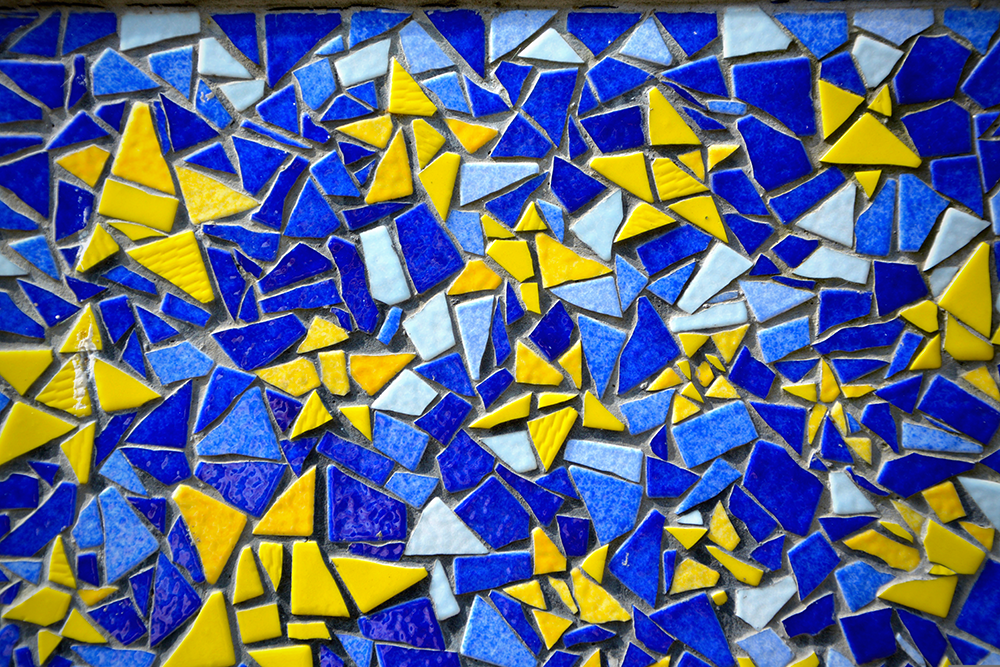

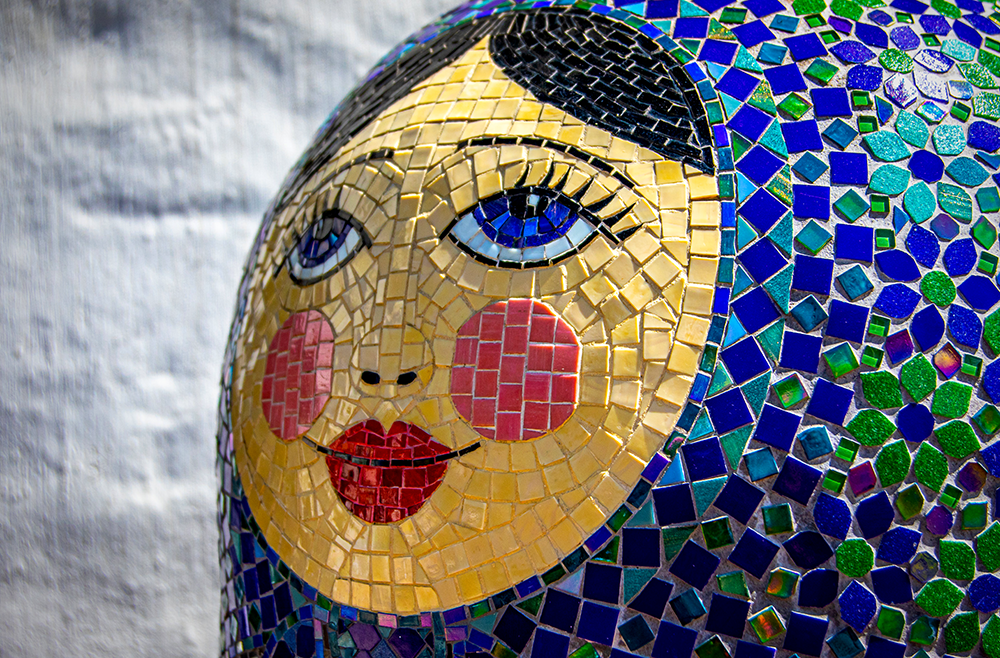
The Legacy of Mosaic Mastery
Mosaic art, spanning from ancient times to the present, remains a vibrant and dynamic form of artistic expression.
It's clear that this form is much more than just assembling tiny pieces—it's a profound medium of expression that has stood the test of time.
Artists like Antoni Gaudi, Sonia King, and Marc Chagall have not only pushed the boundaries of what can be achieved with bits of glass, stone, and ceramic but have also ensured that the soul of mosaic art continues to thrive in modern aesthetics.
Their contributions invite us to look closer, think deeper, and appreciate the intricate stories embedded in each piece.
As mosaic art continues to evolve, it promises to keep inspiring awe and wonder, bridging the past with the present and future.
Let's keep exploring and celebrating this magnificent art form, keeping its legacy vibrant and alive in the world of art.


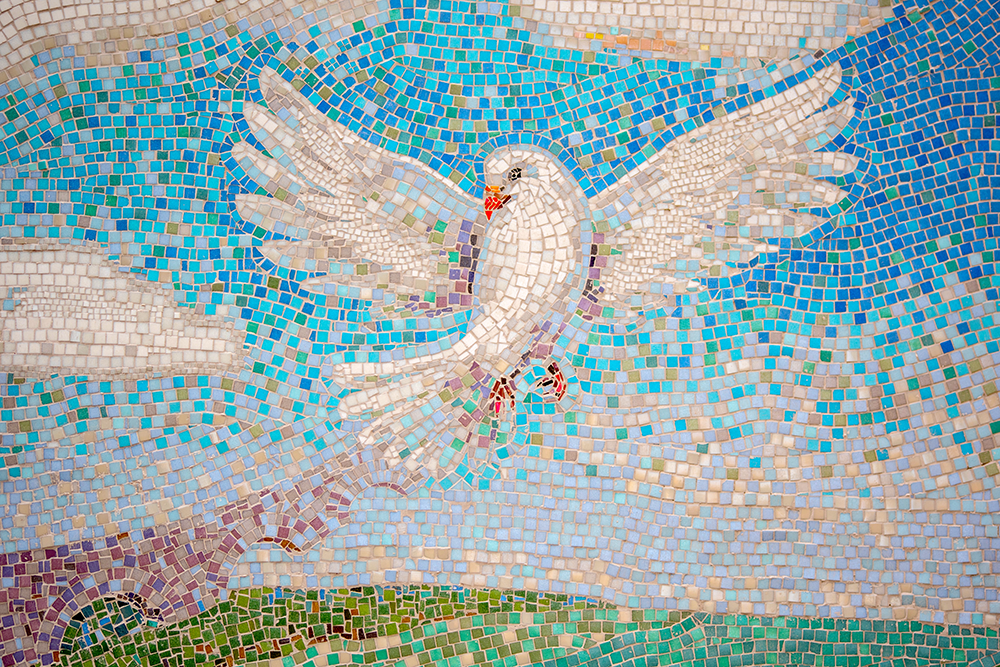
Mosaic FAQs
Welcome to the Mosaic FAQs section!
Here, we delve into the colorful world of mosaic art, exploring the materials, history, and modern applications of this captivating craft.
Whether you're a seasoned artist or a curious newcomer, these insights will enhance your appreciation and understanding of mosaics.
Let's uncover the beauty and intricacy of mosaics together!
What materials are commonly used in making mosaics?
Mosaic artists typically use materials such as colored glass, ceramics, stones, and marble to create intricate designs and images.
How have mosaics been used in historical contexts?
Historically, mosaics were used to decorate the floors, walls, and ceilings of various buildings, from ancient Roman homes to Byzantine churches, often depicting mythological scenes, daily life, and spiritual themes.
Can mosaics be found in modern public spaces?
Yes, modern mosaics are often featured in public spaces, serving both decorative and communicative purposes, reflecting cultural histories or contemporary social themes.


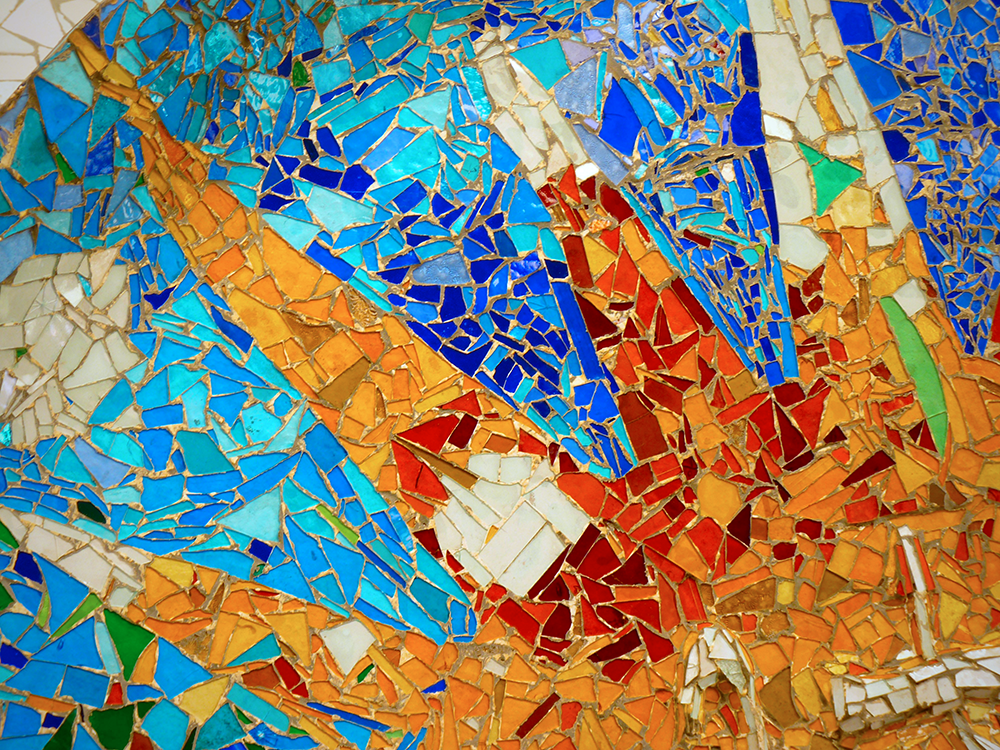
Eager to learn more about mosaics and mosaic artists? Check out Made wit hLove Artisans' video!
Want even more content about creativity and art?
Be sure to check out all of our creative chronicles!
Interested in exploring the world of mosaics?
Check out some of our other articles:
-What makes a mosaic a mosaic?
-Is a mosaic a form of painting?
-What are the 3 main types of mosaics?
-What are the elements of mosaic art?
